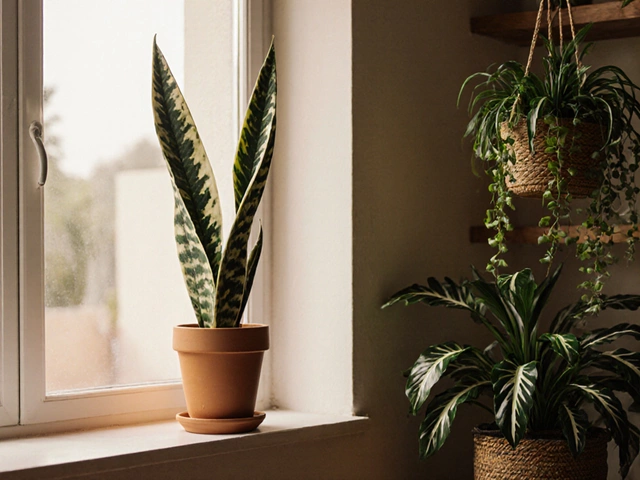Composting Differences: Which Method Works for You?
Ever notice that one compost bin turns into dark, crumbly soil while another stays soggy and smelly? The secret lies in the method you choose. Different composting styles have their own temperature ranges, moisture needs, and ideal materials. Understanding these differences can save you time, space, and a lot of frustration.
Key Types of Composting
Traditional bin or pile composting is the classic approach. You stack kitchen scraps, garden waste, and dry leaves in a bin or heap, turn it occasionally, and let microbes do the work. It’s great for larger yards because you can handle bigger volumes and achieve higher temperatures, which kills most weed seeds and pathogens.
Vermicomposting uses red worms to break down food scraps into nutrient‑rich worm castings. It works best indoors or in a shaded corner, needs less space, and produces finished compost in a few weeks. The key difference is that worms thrive in cooler, moist conditions, so you won’t see the hot pile temperatures that traditional composting offers.
Compost tumblers are rotating drums that mix the material for you. The constant agitation speeds up decomposition and reduces the need for manual turning. However, tumblers are usually smaller, so they’re ideal for balcony gardeners or those with limited storage.
Trench composting involves digging a shallow trench, filling it with organic waste, and covering it with soil. The earth’s natural microbes handle the breakdown. This method requires no bins and minimal maintenance, but you need extra garden space and a plan for covering the trench to keep pests away.
Choosing the Right Method for Your Space
First, check your available area. If you have a big backyard, a traditional pile or a large bin lets you compost a lot of material at once. Small balconies or indoor apartments benefit from vermicomposting or a compact tumbler.
Next, think about the time you can commit. Hot pile composting needs regular turning and monitoring of moisture and temperature—good if you enjoy a hands‑on project. Worm bins need less active management; just keep them damp and add food scraps slowly.
Consider the type of waste you generate. Kitchen scraps alone work well in a worm bin, but adding garden waste (branches, leaves) requires the higher heat of a traditional heap to break down tougher fibers.
Odor control is another factor. Smelly piles often result from too much moisture or the wrong balance of greens (wet kitchen waste) and browns (dry leaves). Worm bins are less prone to odors if you avoid meat and dairy, while tumblers keep smells contained inside the drum.
Finally, look at your goals. Want quick, nutrient‑dense soil for vegetable beds? A hot pile or tumbler can finish in 2–3 months. Need a steady supply of liquid fertilizer? Worm tea from vermicomposting offers an easy, ongoing boost.
Bottom line: there’s no one‑size‑fits‑all compost. Match the method to your space, the waste you produce, and how much effort you want to put in. When you get the fit right, the compost will turn dark, crumbly, and ready to enrich your garden in no time.
Compost vs Organic Compost: What Really Sets Them Apart?
People often mix up compost and organic compost, but there’s a clear line between the two. This article breaks down the details, showing what really makes compost and organic compost different. You’ll get practical tips for making both at home and advice on picking the right option for your garden. Discover common mistakes, smart ways to boost your soil quality, and learn how the rules around these labels actually work. Expect plenty of straight answers and hands-on facts you can use.
About
Composting
Latest Posts


Year-Round Flowering Plants in India: A Gardener's Guide
By Alden Thorne Dec 30, 2024

Why White Rice Might Spike Your Cholesterol Levels
By Alden Thorne Feb 16, 2025

Which Vegetable Farming is Profitable in India? Your Practical Guide
By Alden Thorne Apr 25, 2025

